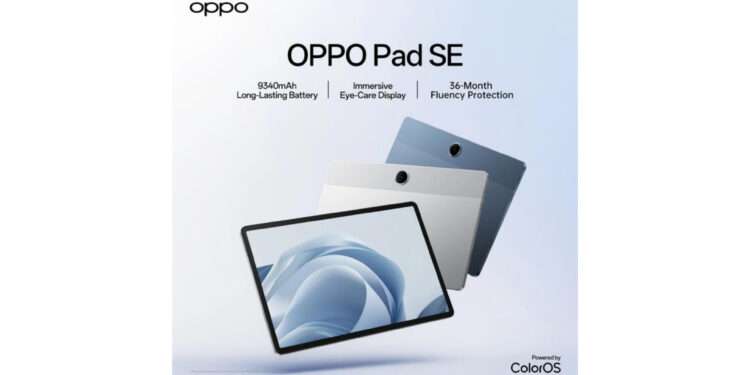Nearly half of Indian children could be myopic by 2050, raising alarms over long-term health, learning, and well-being.
New Delhi, August 18, 2025: India is staring at a potential myopia epidemic among children, with projections indicating that nearly 50% of the population could be affected by 2050 if current screen usage patterns persist, according to the journal Ophthalmic & Physiological Optics.
Doctors report a sharp uptick in digital eye strain and vision-related disorders among young users, driven by the rising use of screens for both entertainment and education. Symptoms include fatigue, headaches, sleep disturbances, behavioural changes, and rapid progression of near-sightedness.
A study published in Cureus and cited by the Times of India revealed that more than 50% of children under five exposed to extended screen time exhibited signs of digital eye strain, sparking concerns about long-term developmental impacts.
“Prolonged screen time puts school-age children at a higher risk of ocular stress—ranging from myopia and squint to dry eye disease,” said Dr. Deepti Joshi, MS, FIPO, Consultant, Department of Paediatric Ophthalmology and Strabismus, MM Joshi Eye Institute, Karnataka. “Blue light from digital devices not only damages the retina but also disrupts melatonin, leading to sleep disturbances.”
Urban Trend Raises Alarms
Between 1999 and 2019, myopia prevalence among urban Indian children aged 5–15 rose from 4% to over 21%, according to Times trend data. If unchecked, experts warn this generational health crisis could impact education, attention spans, and emotional well-being.
A survey by the Psychology Department of Saurashtra University in Rajkot found that 81% of children under 10 regularly used screens during meals, largely to watch cartoons—underlining how deeply digital habits are embedded in daily routines.
Doctors Urge Preventive Habits Health experts recommend limiting screen exposure and adopting better usage practices.
“Instilling healthy screen habits early is critical,” added Dr. Joshi. “Parents should set strict time limits, encourage the 20-20-20 rule—taking a 20-second break every 20 minutes to look at something 20 feet away—and enable blue light filters wherever possible.”
Technology Adapts with Eye-Safe Features
Some device makers are responding with eye-friendly technology. The OPPO Pad SE, for instance, is TÜV
Rheinland-certified for low blue light and flicker-free displays. It also includes Kids Mode with parental controls and adaptive light settings to reduce strain during prolonged use.
“At OPPO, innovation isn’t just about performance metrics—it’s about creating technology that improves life in a meaningful way,” said Savio D’Souza, Head of Product Communications, OPPO India.
From Parenting Challenge to Public Health Concern
With screens becoming inseparable from children’s routines, experts caution that the issue can no longer be dismissed as a private parenting struggle. Instead, it must be treated as a national public health priority, requiring awareness, responsible tech design, and stronger preventive practices.
“It’s not about eliminating digital access for kids, but enabling safer, healthier use,” Dr. Joshi emphasised. “Awareness, early intervention, and responsible technology will be key to protecting the next generation.”






























